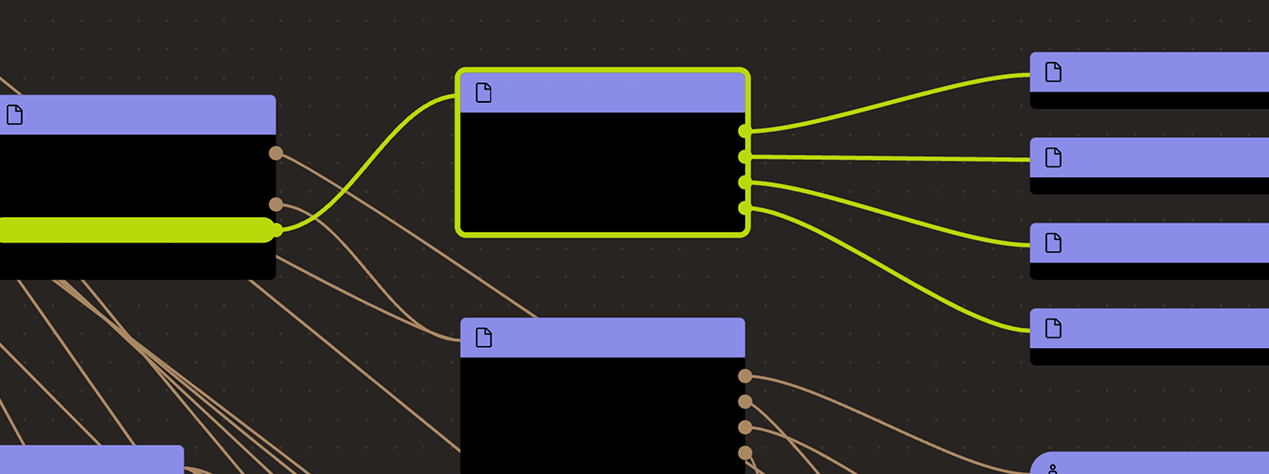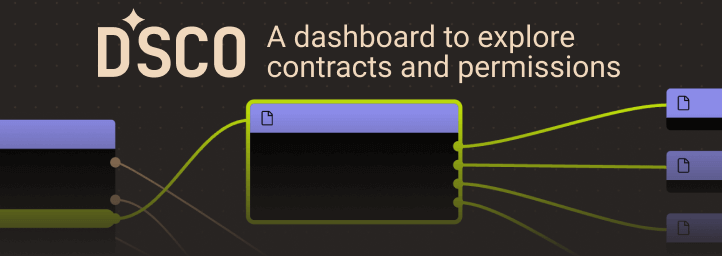Search
Search for projects by name
 B3
B3
Badges
About
B3 is an L3 built on Base to bring gamers and game creators onchain, powered by the OP Stack and Celestia DA.
Badges
About
B3 is an L3 built on Base to bring gamers and game creators onchain, powered by the OP Stack and Celestia DA.
Why is the project listed in others?
Consequence: projects without a proper proof system fully rely on single entities to safely update the state. A malicious proposer can finalize an invalid state, which can cause loss of funds.
Consequence: projects without a data availability bridge fully rely on single entities (the sequencer) to honestly rely available data roots on Ethereum. A malicious sequencer can collude with the proposer to finalize an unavailable state, which can cause loss of funds.
Learn more about the recategorisation here.
2024 Dec 12 — 2025 Dec 12
This section shows how much data the project publishes to its data-availability (DA) layer over time. The project currently posts data to![]() Celestia.
Celestia.
2024 Dec 12 — 2025 Dec 12
Funds can be stolen if
Funds can be lost if
Funds can be frozen if
MEV can be extracted if
| SEQUENCER FAILURE | STATE VALIDATION | DATA AVAILABILITY | EXIT WINDOW | PROPOSER FAILURE | |
| Base Chain L2 | Self sequence | Fraud proofs (INT) | Onchain | None | Self propose |
| B3 L3 • Individual | Self sequence | None | External | None | Cannot withdraw |
| B3 L3 • Combined | Self sequence | None | External | None | Cannot withdraw |
Currently the system permits invalid state roots. More details in project overview.
Proof construction and state derivation fully rely on data that is posted on Celestia. Sequencer tx roots are not checked against the Blobstream bridge data roots onchain, but L2 nodes can verify data availability by running a Celestia light client.
There is no window for users to exit in case of an unwanted regular upgrade since contracts are instantly upgradable.
Only the whitelisted proposers can publish state roots on L1, so in the event of failure the withdrawals are frozen.
Data is posted to Celestia
Transactions roots are posted onchain and the full data is posted on Celestia. Since the Blobstream bridge is not used, availability of the data is not verified against Celestia validators, meaning that the Sequencer can single-handedly publish unavailable roots. If Celestia becomes unavailable, the sequencer falls back to Ethereum.
Funds can be lost if the sequencer posts an unavailable transaction root (CRITICAL).
Funds can be lost if the data is not available on the external provider (CRITICAL).
- Introducing Blobstream: streaming modular DA to Ethereum
- Derivation: Batch submission - OP Mainnet specs
- BatchInbox - address
- OptimismPortal.sol - source code, depositTransaction function
OP Stack projects can use the OP fault proof system, already being deployed on some. This project though is not using fault proofs yet and is relying on the honesty of the permissioned Proposer and Challengers to ensure state correctness. The smart contract system permits invalid state roots.
Funds can be stolen if an invalid state root is submitted to the system (CRITICAL).
The system has a centralized operator
MEV can be extracted if the operator exploits their centralized position and frontruns user transactions.
Users can force any transaction
Because the state of the system is based on transactions submitted on the underlying host chain and anyone can submit their transactions there it allows the users to circumvent censorship by interacting with the smart contract on the host chain directly.
Regular messaging
Funds can be frozen if the centralized validator goes down. Users cannot produce blocks themselves and exiting the system requires new block production (CRITICAL).
Forced messaging
If the user experiences censorship from the operator with regular L2->L1 messaging they can submit their messages directly on L1. The system is then obliged to service this request or halt all messages, including forced withdrawals from L1 and regular messages initiated on L2. Once the force operation is submitted and if the request is serviced, the operation follows the flow of a regular message.
EVM compatible smart contracts are supported
OP stack chains are pursuing the EVM Equivalence model. No changes to smart contracts are required regardless of the language they are written in, i.e. anything deployed on L1 can be deployed on L2.

Base Chain
Roles:
Allowed to challenge or delete state roots proposed by a Proposer.
Allowed to pause withdrawals. In op stack systems with a proof system, the Guardian can also blacklist dispute games and set the respected game type (permissioned / permissionless).
Allowed to post new state roots of the current layer to the host chain.
Allowed to commit transactions from the current layer to the host chain.
Actors:
A Multisig with 2/5 threshold.
- Can upgrade with no delay
- L1CrossDomainMessenger ProxyAdmin
- OptimismPortal ProxyAdmin
- L1ERC721Bridge ProxyAdmin
- L2OutputOracle ProxyAdmin
- L1StandardBridge ProxyAdmin
- OptimismMintableERC20Factory ProxyAdmin
- SystemConfig ProxyAdmin
- SuperchainConfig ProxyAdmin
- Can interact with AddressManager
- set and change address mappings ProxyAdmin
- A Proposer - acting directly
- A Challenger - acting directly
- A Sequencer - acting directly

Base Chain
The main entry point to deposit funds from host chain to this chain. It also allows to prove and finalize withdrawals.
- Roles:
- admin: ProxyAdmin; ultimately B3Multisig
- guardian: Caldera Multisig 2
- This contract stores the following tokens: ETH.
Contains a list of proposed state roots which Proposers assert to be a result of block execution. Currently only the PROPOSER address can submit new state roots.
- Roles:
- admin: ProxyAdmin; ultimately B3Multisig
- challenger: EOA 2
- proposer: EOA 1
This is NOT the shared SuperchainConfig contract of the OP stack Superchain but rather a local fork. It manages the PAUSED_SLOT, a boolean value indicating whether the local chain is paused, and GUARDIAN_SLOT, the address of the guardian which can pause and unpause the system.
- Roles:
- admin: ProxyAdmin; ultimately B3Multisig
- guardian: Caldera Multisig 2
Sends messages from host chain to this chain, and relays messages back onto host chain. In the event that a message sent from host chain to this chain is rejected for exceeding this chain’s epoch gas limit, it can be resubmitted via this contract’s replay function.
- Roles:
- admin: ProxyAdmin; ultimately B3Multisig
Used to bridge ERC-721 tokens from host chain to this chain.
- Roles:
- admin: ProxyAdmin; ultimately B3Multisig
The main entry point to deposit ERC20 tokens from host chain to this chain.
- Roles:
- admin: ProxyAdmin; ultimately B3Multisig
- This contract can store any token.
- Roles:
- owner: B3Multisig
A helper contract that generates OptimismMintableERC20 contracts on the network it’s deployed to. OptimismMintableERC20 is a standard extension of the base ERC20 token contract designed to allow the L1StandardBridge contracts to mint and burn tokens. This makes it possible to use an OptimismMintableERC20 as this chain’s representation of a token on the host chain, or vice-versa.
- Roles:
- admin: ProxyAdmin; ultimately B3Multisig
Value Secured is calculated based on these smart contracts and tokens:
Main entry point for users depositing ERC20 token that do not require custom gateway.
Main entry point for users depositing ETH.
The current deployment carries some associated risks:
Funds can be stolen if a contract receives a malicious code upgrade. There is no delay on code upgrades (CRITICAL).
